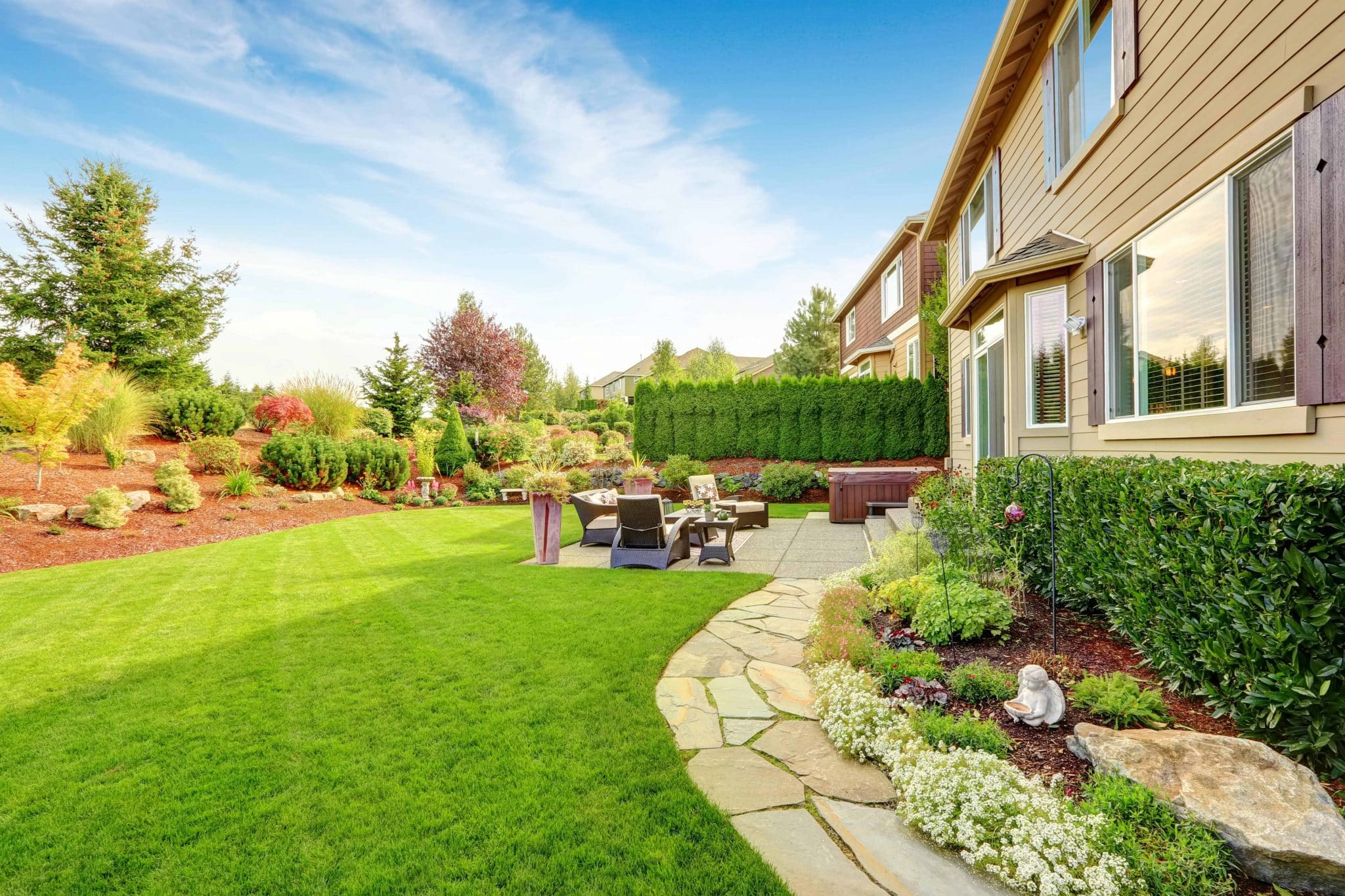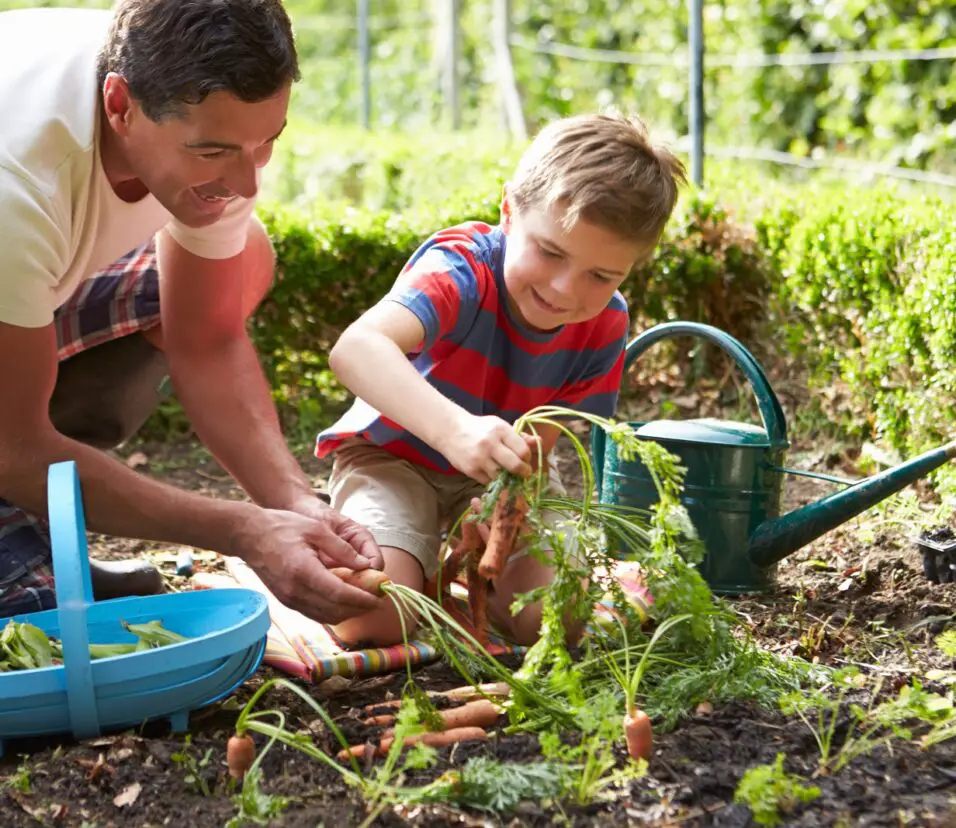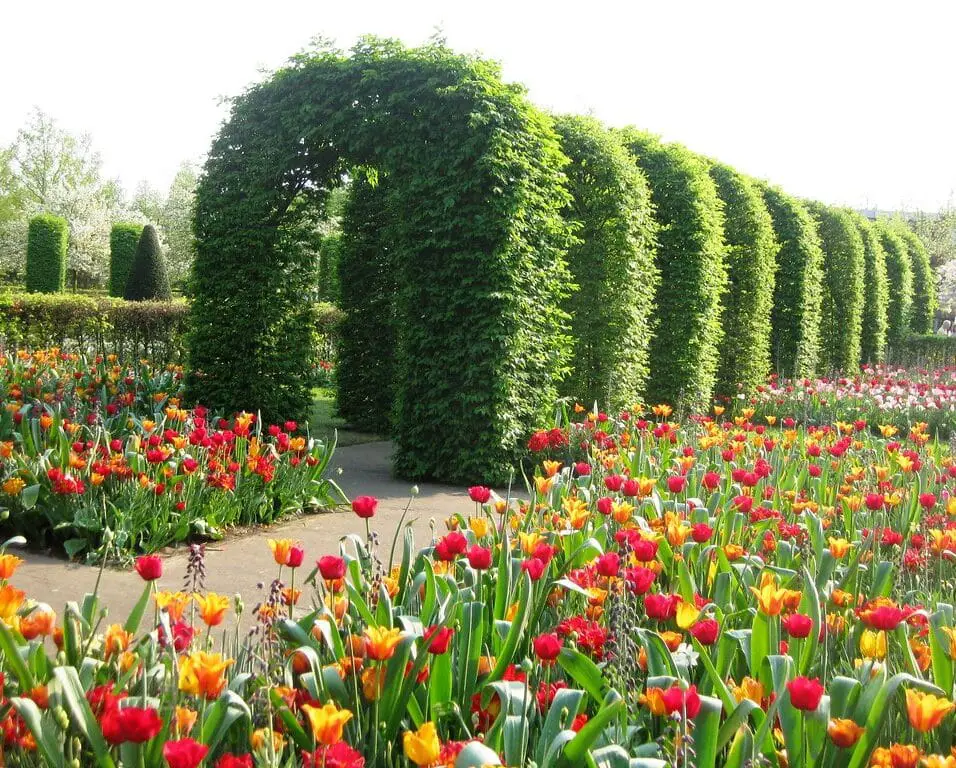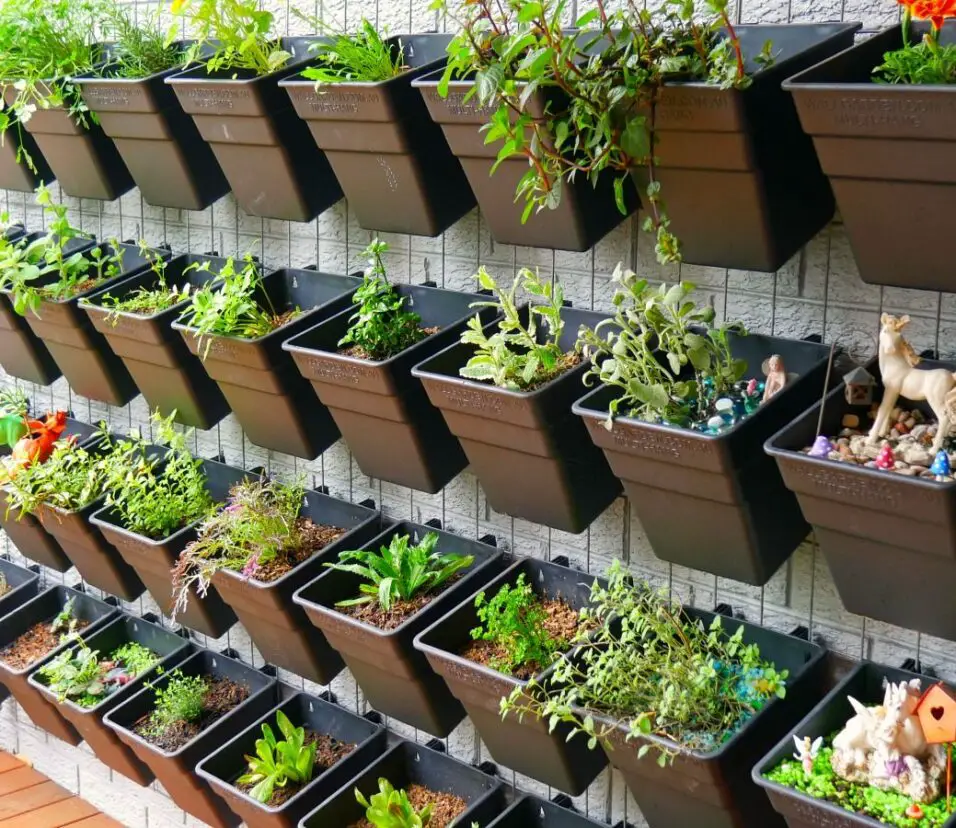What Gardening Zone Is Colorado Springs
What Gardening Zone Is Colorado Springs: When it comes to gardening, understanding your specific gardening zone is crucial for successful plant growth and maintenance. In the case of Colorado Springs, determining the appropriate gardening zone is essential for selecting the right plants and ensuring they thrive in the local climate. So, what gardening zone is Colorado Springs in?
Colorado Springs is located in gardening zone 5b. This means that the city experiences a unique climate that can be challenging for certain plants. Zone 5b is characterized by its cold winters. With average minimum temperatures ranging from -15 to -10 degrees Fahrenheit (-26 to -23 degrees Celsius). However, the summers in Colorado Springs are relatively mild, with average maximum temperatures reaching around 85 degrees Fahrenheit (29 degrees Celsius).
Understanding Gardening Zones gardening zones are determined by the United States Department of Agriculture (USDA) and are based on the average annual minimum temperatures in a specific area. These zones help master gardeners identify which plants are most likely to thrive in their region and provide guidance on when to plant and harvest crops. Each zone is divided into two subzones, denoted by the letters “”a”” and “”b,”” with “”a”” representing. The colder half of the zone and “”b”” representing the warmer half.
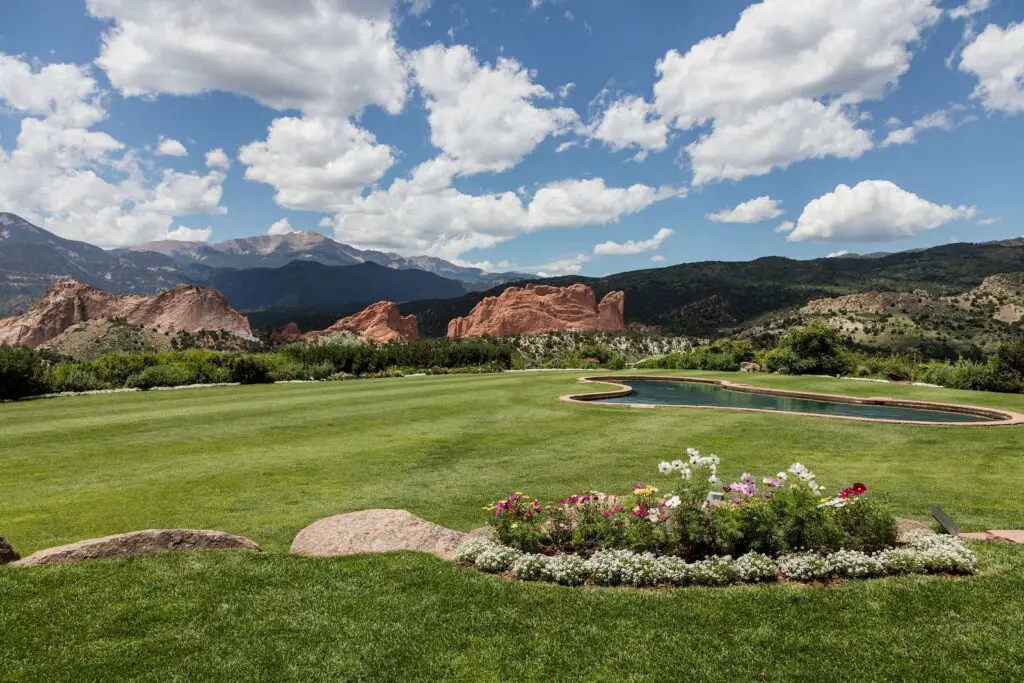
What gardening zone is Colorado Springs Colorado in?
Colorado Springs, Colorado is in USDA Hardiness Zones 5a, 5b and 6a.
Colorado Springs, Colorado is located in gardening zone 5b. Gardening zones, also known as hardiness zones, are determined by the United States Department of Agriculture (USDA) and are used to help gardeners. Understand which plants are most likely to thrive in their specific climate.
The USDA divides the United States into 13 different gardening zones. Ranging from zone 1 (the coldest) to zone 13 (the warmest). These zones are based on the average annual minimum temperature in each region. Zone 5b, where Colorado Springs falls, has an average annual minimum temperature range of -15 to -10 degrees Fahrenheit (-26 to -23 degrees Celsius).
When you know what gardening zone you’re in, you can pick out plants that will thrive in your environment. Plants that aren’t hardy in your zone may die or need special attention from you. You can improve your chances of gardening success by choosing plants that are suggested for your zone.
In Colorado Springs, gardeners can expect cold winters with occasional snowfall and mild summers with low humidity. The region experiences a wide range of temperatures throughout the year, with hot summer days and cool nights. These conditions make zone 5b ideal for a variety of plants, including perennials, shrubs, and trees.
Some popular plants that thrive in zone 5b include lavender, Russian sage, coneflowers, and ornamental grasses. These plants are well-suited to the climate of Colorado Springs and can add beauty and color to any garden.
What is or zoning in Colorado Springs?
The city’s residential, commercial, retail, and governmental districts are geographically isolated from one another.
In Colorado Springs, the term “zoning” is commonly used to describe the city’s regulations for the controlled expansion of its built environment.
The city government of Colorado Springs is responsible for creating and enforcing the city’s zoning restrictions. There are various zoning districts in the city, and each has its own requirements.
What is R-2 zoning Colorado Springs?
This zoning accommodates large lots primarily low-density single-family residential uses. R-2 is for small or medium lots for single-family or two-family residential dwelling uses.
Zoning laws are enacted to manage and direct the expansion of urban neighborhoods. Using every available piece of land to its full potential to improve the city’s environment and further its larger goals. Single-family residential uses are permitted in R-2 zones alone.
In an R-2 zone, only certain types of detached single-family homes are permitted. Multi-family dwellings, such as apartment buildings, duplexes, and townhouses, are included. These buildings are intended to create the idea of a single residence, even though they may be home to several families.
The purpose of R-2 zoning is to ensure uniformity and compatibility among homes in a given area. The city can protect the neighborhood’s identity and standard of living by restricting certain types of construction.
It is important for property owners and developers to be aware of the specific zoning regulations that apply to their property. This can help to ensure that any proposed developments or renovations are in compliance with the zoning code. Violations of zoning regulations can result in fines or other penalties. So it is crucial to understand and adhere to the rules.
What zone is Denver in for gardening?
5b-6a
Denver’s USDA Hardiness Zone is 5b-6a.
The United States Department of Agriculture maps out geographical and climate zones according to each’s annual minimum winter temperature. Each zone is 10 degrees warmer than the last; there’s a five-degree change between 5b and 6a.
Denver is located in Zone 5 for gardening. The United States Department of Agriculture (USDA) has divided the country into different gardening zones based on the average minimum winter temperatures. These zones help gardeners determine which plants are most likely to thrive in their specific region.
Zone 5 is characterized by cold winters and a relatively short growing season. The average minimum winter temperature in this zone ranges from -20 to -10 degrees Fahrenheit (-29 to -23 degrees Celsius). This means that gardeners in Denver need to choose plants that are hardy enough to withstand these low temperatures.
When planning a garden in Denver, it is important to select plants that are suitable for Zone 5. This includes a variety of perennials, shrubs, and trees that can tolerate the cold temperatures and shorter growing season. Some popular choices for Zone 5 gardening in Denver include tulips, daffodils, lilacs, and crabapple trees.
When should I plant my garden in Colorado?
Cold crops are best planted in the first week of April, but you can do it at any point in April or even May. For planting, we have developed a Master Planting Document with almost everything you need to know about planting each individual plant (date, seed depth, plants per square, seed vs transplant, etc.).
When it comes to planting a garden in Colorado, timing is crucial. The state’s unique climate and elevation can greatly impact the success of your garden. To ensure a bountiful harvest, it is important to plant your garden at the right time.
Colorado experiences a wide range of temperatures and weather conditions throughout the year. The state is well-known for its severe temperature swings between the day and night, especially during the winter and summer. These factors can greatly affect the growth and development of plants.
One important consideration when deciding when to plant your garden in Colorado is the average last frost date. This is the date when the risk of frost is considered to be minimal. Planting too early can expose your plants to frost damage, while planting too late can result in a shorter growing season.
Which zone is Colorado Springs classified under for gardening purposes?
Gardeners in Colorado Springs, located in Zone 5, need to select plants that can thrive in colder temperatures.
Plants in Zone 5 gardens need to be particularly resilient to survive the long, cold winters. Coneflowers, daylilies, and Russian sage are all lovely perennials that perform well in Colorado Springs. Mulch can help insulate and protect plants from frost damage during the winter.
In what gardening zone is Colorado Springs located?
Colorado Springs is located in gardening zone 5. This zone is classified as a cold climate zone, which means that the area experiences cold winters and relatively short growing seasons. The gardening zone system is a way to categorize different regions based on their average minimum winter temperatures. Which helps gardeners determine which plants are most likely to thrive in their area.
In gardening zone 5, the average minimum winter temperature ranges from -20 to -10 degrees Fahrenheit (-28.9 to -23.3 degrees Celsius). This means that gardeners in Colorado Springs need to choose plants that are hardy enough to withstand these cold temperatures. Some popular plant options for this zone include perennials like coneflowers, daylilies, and hostas, as well as shrubs like lilacs and spireas.
It’s important for gardeners in Colorado Springs to be aware of their gardening zone because it can greatly impact the success of their plants. Gardeners can improve their chances of success by selecting plants that are adapted to their climate. Additionally, knowing the gardening zone can also help gardeners determine the appropriate timing for planting and harvesting their crops.
What is the designated gardening zone for Colorado Springs?
The designated gardening zone for Colorado Springs is Zone 5b. This means that the average minimum winter temperature in this area ranges from -15 to -10 degrees Fahrenheit (-26 to -23 degrees Celsius). Despite the colder temperatures, some plants and crops are able to flourish in Zone 5b because it is considered a cold-hardy zone.
Being in Zone 5b offers a wide range of gardening opportunities for Colorado Springs residents. It allows for the cultivation of various cold-tolerant plants such as conifers, deciduous trees, shrubs, and perennials. Additionally, gardeners can grow cool-season vegetables like lettuce, spinach, and kale, as well as hardy herbs like rosemary and thyme.
However, it is important to note that while Zone 5b provides a general guideline for gardening in Colorado Springs, microclimates within the area can vary. Factors such as elevation, exposure to sunlight, and proximity to bodies of water can influence. The local climate and affect plant growth. Therefore, it is advisable for gardeners to consider these factors and consult with local gardening resources or experts for more specific recommendations.
Which specific zone is recommended for gardening in Colorado Springs?
Zone 5 is the optimal growing region for plants in Colorado Springs. The USDA assigns each geographic location to one of these zones based on its typical coldest January and February lows. The winters in Zone 5 are very cold, and the growth season is brief.
When gardening in Zone 5, it is important to choose plants that are hardy and can withstand the colder temperatures. Some popular plant options for this zone include perennials like coneflowers, daylilies, and hostas, as well as vegetables like tomatoes, peppers, and lettuce. It is also advisable to provide protection for plants during the winter months, such as using mulch or covering them with frost blankets.
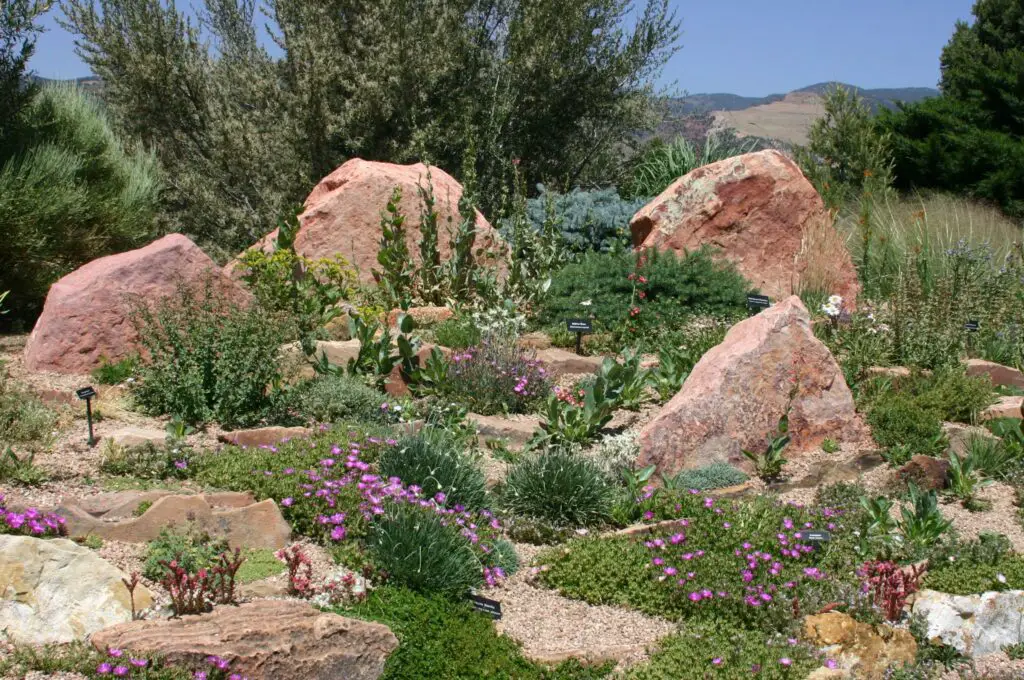
Conclusion
Determining the gardening zone for Colorado Springs is essential for successful gardening in the area. The gardening zone provides valuable information about the average minimum winter temperatures. Which helps gardeners choose plants that can withstand the local climate. By knowing the gardening zone, gardeners can make informed decisions about what to plant and when to plant it, ensuring a thriving and beautiful garden.
Colorado Springs is located in gardening zone 5b. Which means that the average minimum winter temperature ranges from -15 to -10 degrees Fahrenheit. This information is crucial for selecting plants that are hardy enough to survive the cold winters in the area. Gardeners in Colorado Springs should focus on plants that are suitable for zone 5b, such as coneflowers, Russian sage, and yarrow.
Furthermore, understanding the gardening zone can also help gardeners plan their planting schedule. Different plants have different temperature requirements for germination and growth. By knowing the gardening zone, gardeners can determine the appropriate time to start seeds indoors or directly sow them in the garden. This knowledge ensures that plants have the best chance of thriving and producing a bountiful harvest.
Knowing the gardening zone for Colorado Springs is crucial for successful gardening in the area. It provides valuable information about the average minimum winter temperatures and helps gardeners select plants that can withstand the local climate. Additionally, understanding the gardening zone allows gardeners to plan their planting schedule effectively. By utilizing this information, gardeners in Colorado Springs can create beautiful and thriving gardens. That work particularly effectively in the local environment.



